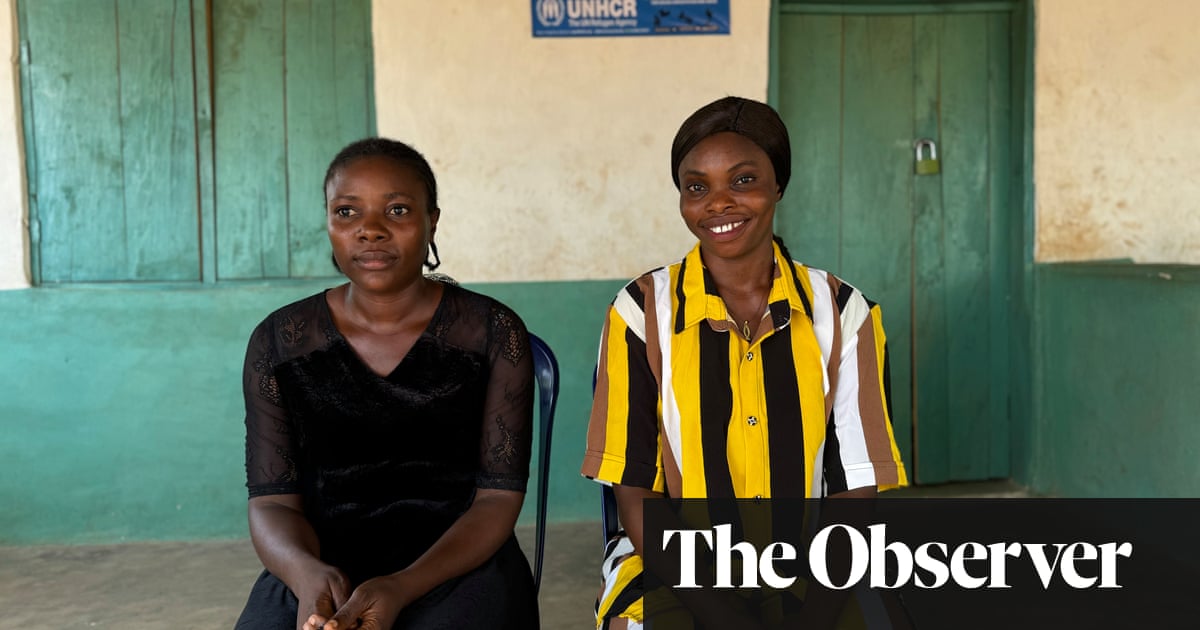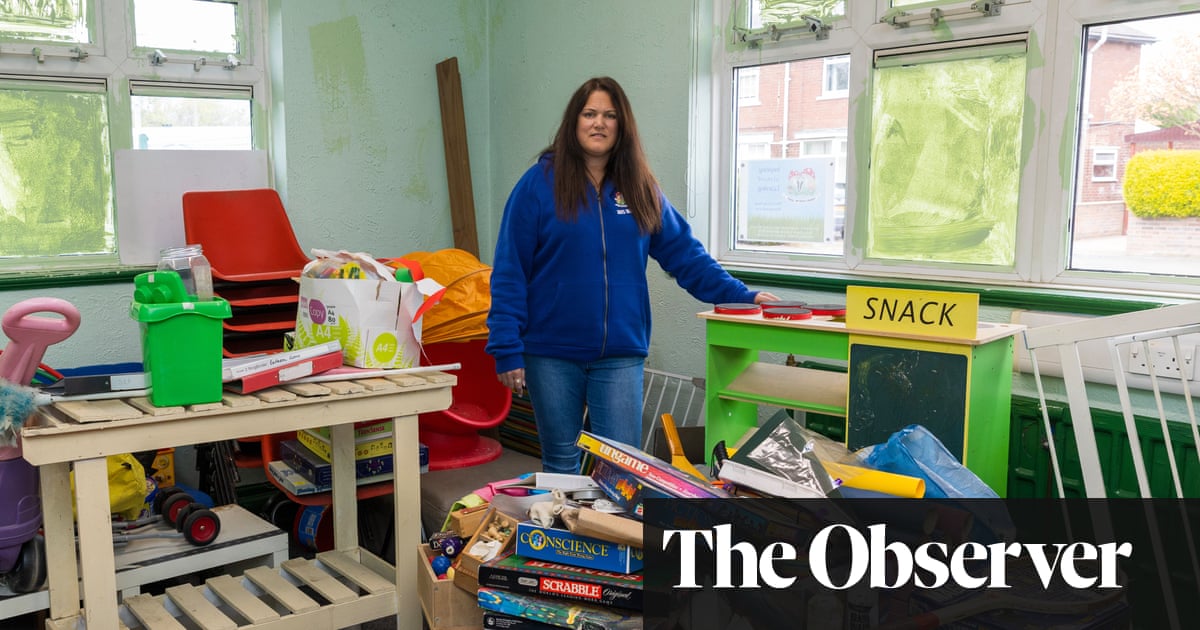When she was a child growing up in Adelaide, Australia, Holly Gramazio made up a game with her friend Summer. The two girls would lie back on swings with their eyes closed. When someone made too much noise nearby, they’d sit to attention and yell as loudly as they could: “Don’t wake me up!” The game captured a child’s view of grownups and their irksome inconsistencies – the self-defeating idea, or perhaps threat, that an adult could scream themselves awake amid their stated efforts to remain asleep. It was a co-operative game: the two girls “won” if they shouted in unison. If only one yelled, they lost. “This is the first game I remember playing,” records Gramazio in the printed guide (which also doubles as a delicious compendium of folk games) for the final Now Play This festival of experimental game design.
It’s wrapping up “for the same reasons a lot of festivals wrap up”, she writes in a blog post marking its closure. “Sooner or later you need to find a way to make it more sustainable… Or if you can’t do that, you have to go: well, we had a fun time but that’s enough.”
Gramazio is a game designer and novelist. Her bestselling 2024 book The Husbands is a playful satire on contemporary dating, in which the protagonist magically receives a new potential husband whenever her current partner climbs the ladder into her attic. (It’s currently being adapted for Apple TV+, with Juno Temple in the lead role.) Gramazio co-founded Now Play This in 2015 with the designer V Buckenham. The festival has taken place at Somerset House, London, every spring since, except for a couple of remote editions during the pandemic. It has been something of an antidote to the usual boisterous video game events, where trailers for the latest titles vie for attention from dangling screens, and queues of backpack-wearing teens wait patiently for a quick go on a forthcoming blockbuster.
When Gramazio and Buckenham started Now Play This, indie games were in the ascendancy. Development tools such as Unity had democratised game-making, and ubiquitous digital stores such as Apple’s App Store and Steam enabled small teams to make their work available to a global audience at the touch of a “submit” button. Stars emerged: Derek Yu, creator of Spelunky, in which you guide a fragile cave explorer through a deadly, forever-shifting underground cave system; Bennett Foddy, designer of QWOP, a hilariously frustrating physics-based game where you control an Olympic runner’s thighs and calves one key at a time (and which even had a cameo in the US version of The Office); and Lucas Pope, whose game Papers, Please showed mainstream audiences that video games could be more than digital shooting galleries, even addressing weightier themes such as immigration and bureaucracy. A scene emerged, and kooky, playful live events such as Babycastles in New York, or the Wild Rumpus in London, where attendees could play unfinished hits of tomorrow, became popular.
Even at that time, Now Play This was on the more experimental end of the spectrum, celebrating games that blurred the lines between screen-based play and physical controllers involving, say, ropes or skateboards. The unifying factor was an interest in game design as cultural practice, not merely for profit. And Gramazio’s love of folk games – typically amusements that can be played in a group, require no special equipment and are passed between communities in an oral tradition – ran through everything.
Since the debut of Now Play This, traditional games have become firmly mainstream. Hit Channel 4 show Taskmaster, now entering its 19th season, is an endlessly delightful compendium of folk games (“Count the beans in this baked bean tin. Your time starts now”; “Get this camel through the smallest gap. You have 10 minutes”). The Traitors, soon to debut on the BBC in a celebrity version, refines the popular parlour game Mafia, also known as Werewolf. Now Play This would often present similar everyday games, but with their original charged motifs in place. For example, Bolshevik Circus is a deceptive game of tag in which participants have hidden roles: president, guard, assassin or communist. Like Gramazio’s childhood game about not waking her parents, this is a low-stakes reproduction of a more frightening, capricious vision of the adult world.
This year’s event presented a different format, closer to a symposium than a weird arcade, with fewer games on offer and a greater representation of student projects. Attendees heard talks on, for example, the responsibility that designers of role-playing games have to the emotional wellbeing of their players, who might play through a provocative scenario about grief or abuse (a tool increasingly used by psychotherapists, according to the speaker), then must shake themselves out of the experience as they reinhabit their own reality. But there were plenty of playable, experimental games too, such as Rave Confusion, in which you play as a character lost at a rave, searching for someone as things become increasingly distorted and confusing.
The value of these kinds of lively conversations and experiments is clear. Often work created and debuted at the margins of the field of game design has filtered through to influence the mainstream hits. Minecraft and Fortnite (as well as The Traitors) have their roots in experimental design that was never intended to turn a profit. And yet the fierce commercialisation of the industry, and post-pandemic struggles of live events, mean there are fewer spaces for this kind of experimental play for play’s sake. So, as we celebrate a decade of playfulness in the heart of the capital, we also mourn its passing, and the loss of what might have emerged because of its continued existence.

 3 hours ago
10
3 hours ago
10













































